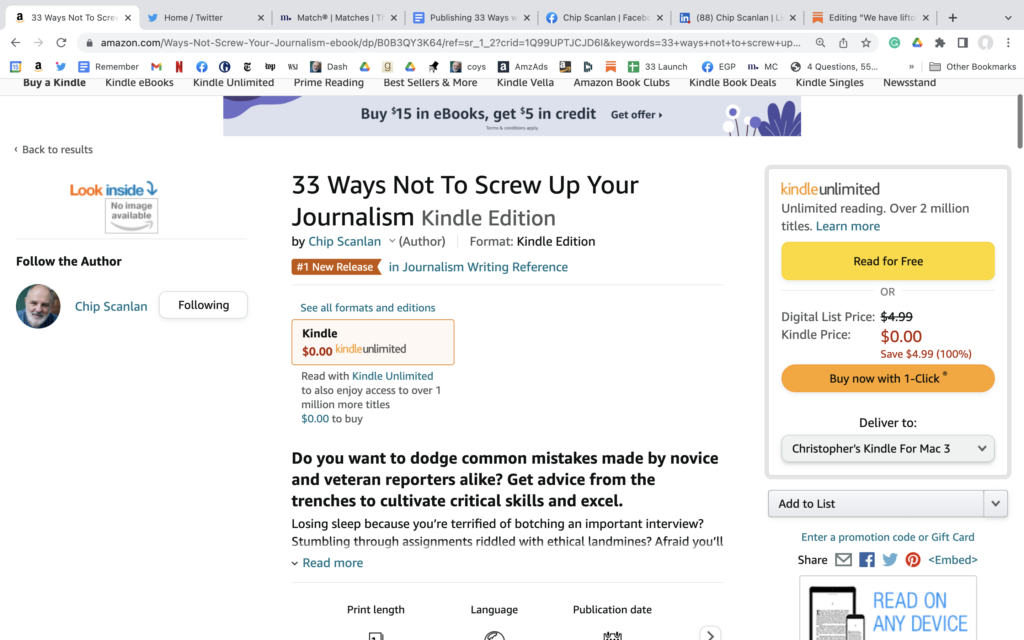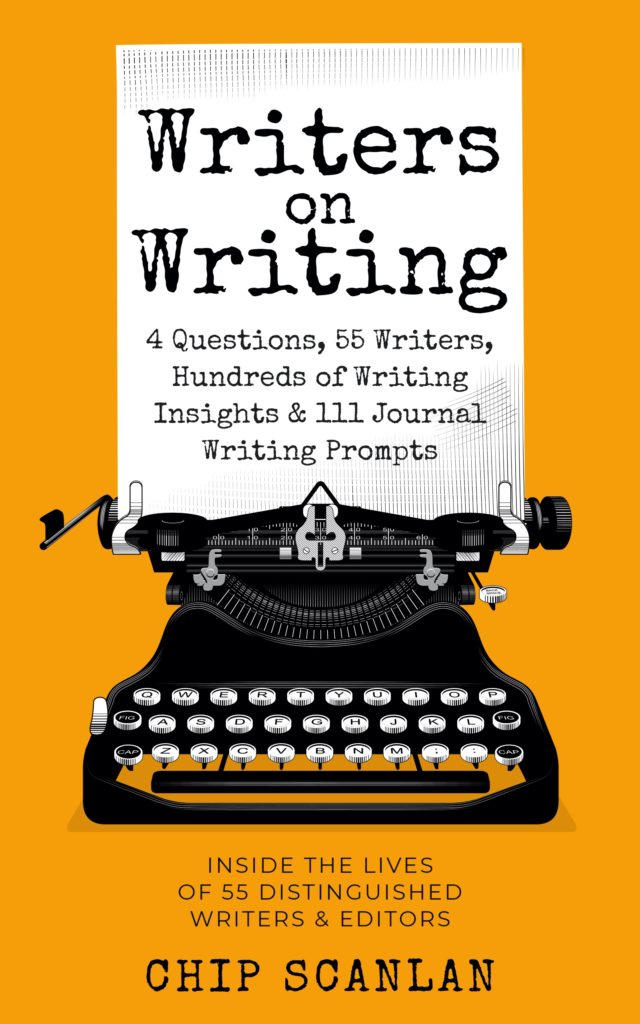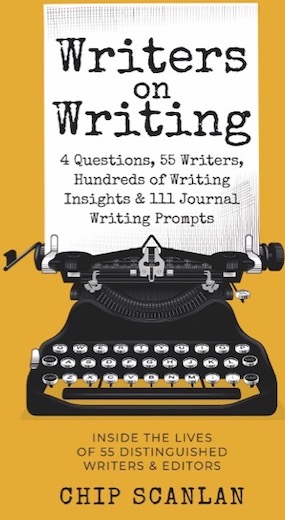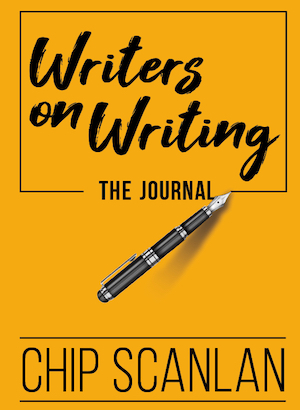How happy are you with your writing voice?
When I interview writers for Chip’s Writing Lessons, they often bring up the subject of voice.
“A story, reported deeply and written with an authentic writer’s voice, has the power to move readers.”
-DeNeen L. Brown
“Even if I am the narrator, or the lead storyteller, every character has a story, every person in the room has a voice.”
-Valerie Boyd
“I think you can apply this to any artistic endeavor, not just writing. It’s a quote from the jazz pianist Thelonious Monk : ‘“A genius is the one most like himself.”
Not saying I’m a genius or anything, but this struck me as important when I read it, and to me it says something important about voice and integrity, and how that translates onto the page.”
-Sean Tanner
“If I began a short story or worked on a novel in the evening at home I drifted into trance states and couldn’t push through, couldn’t continue and finish. I had writer’s block before I became a writer. Nor was the quality of what I was writing even close to what I wanted it to be. I wrote Joycean or Faulknerian pastiches; when I tried to write in my own voice I overworked my sentences to the point of affectation. I was three hands clapping. I was too tight.’”
-Richard Rhodes
Voice deeply interests my friend Anne Janzer, a prolific author of several excellent books on writing (“Writing to Be Understood;” “The Writer’s Process,” “Get the Word Out” and “33 Ways Not To Screw Up Your Business Emails.”)
Anne writes about the science and mystery of writing. Right now, she’s conducting research into that elusive idea of writing voice—including how easily we can shift it and how we feel about it.
Help her explore the topic by answering this short, six-question survey.
Your responses will be private, and she’ll share the responses when the survey is done.
Taking this survey got me thinking about my own writing voice. It should be fascinating to see how a larger community of writers responds.
Link to survey: https://forms.gle/wVj8it3vwq2FAMZe9
Thanks.




